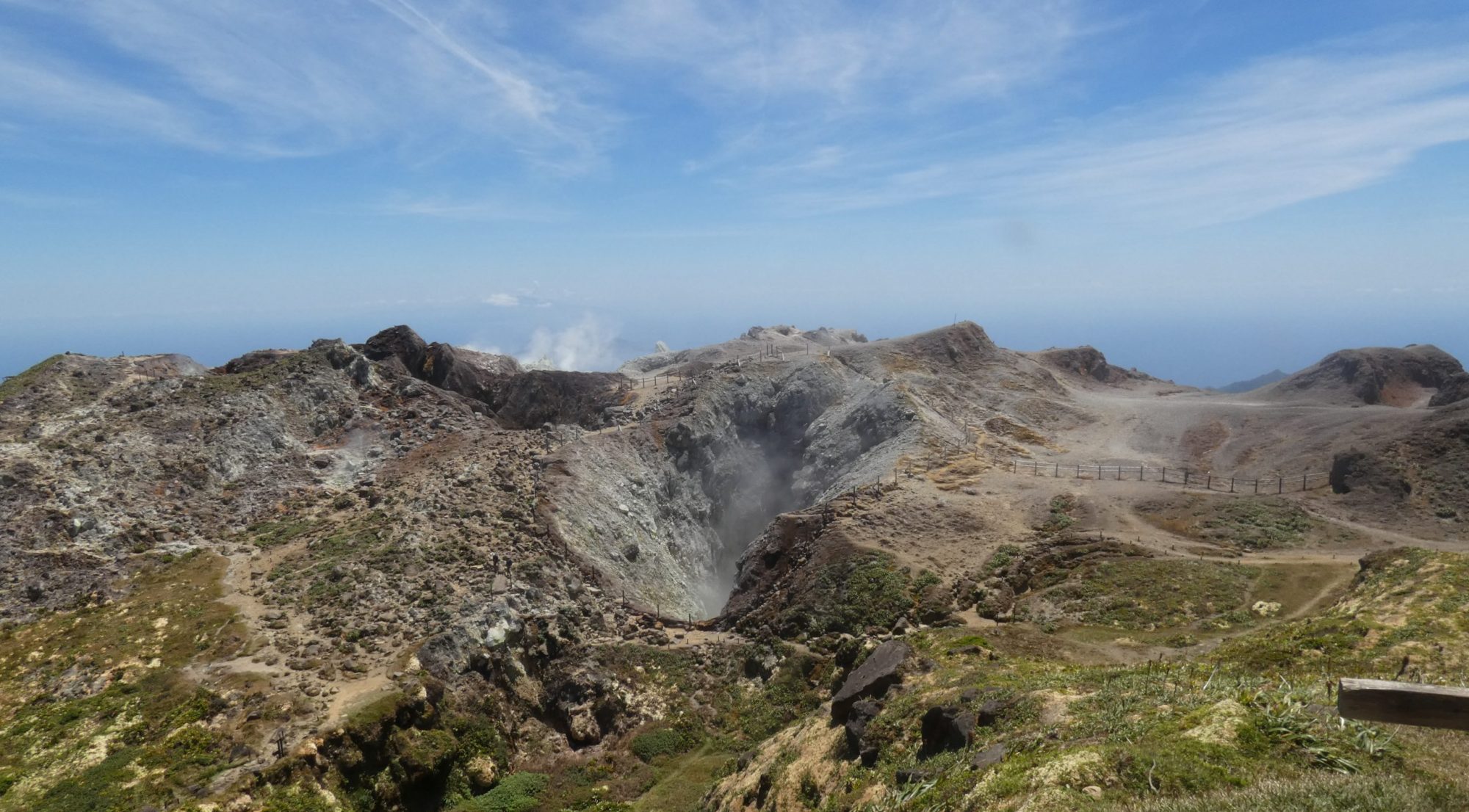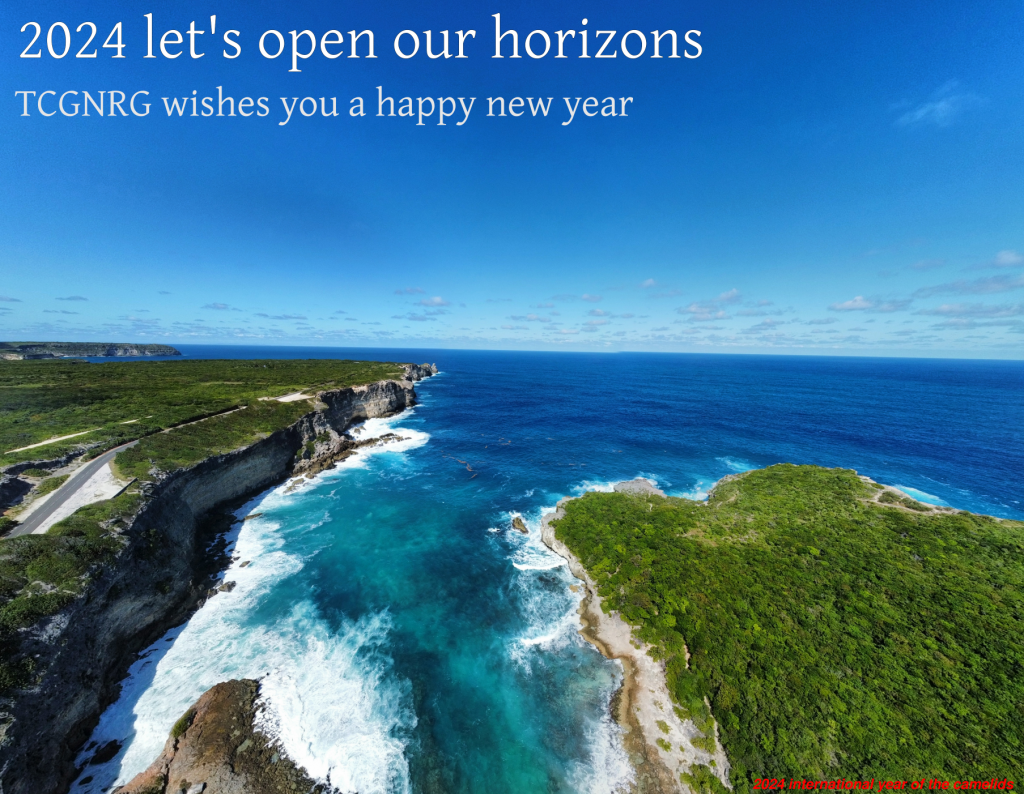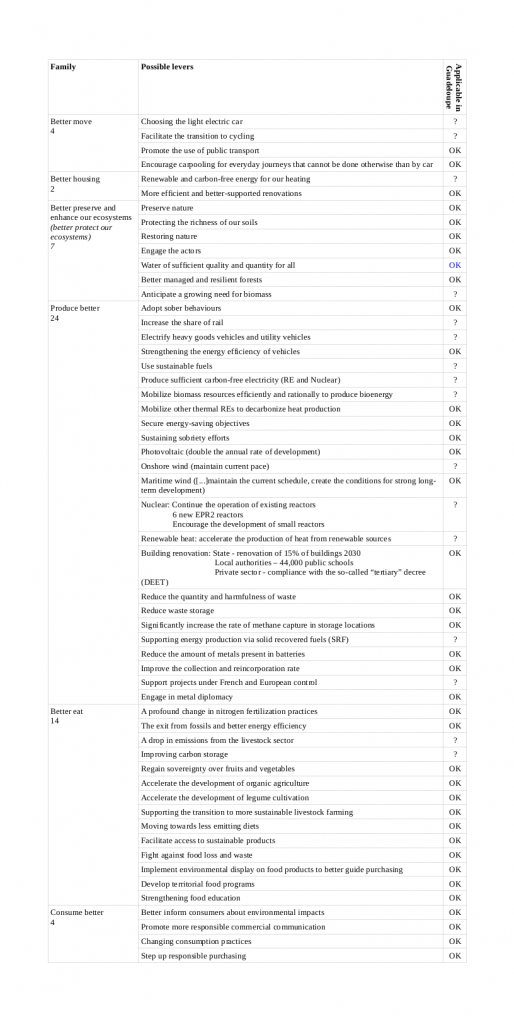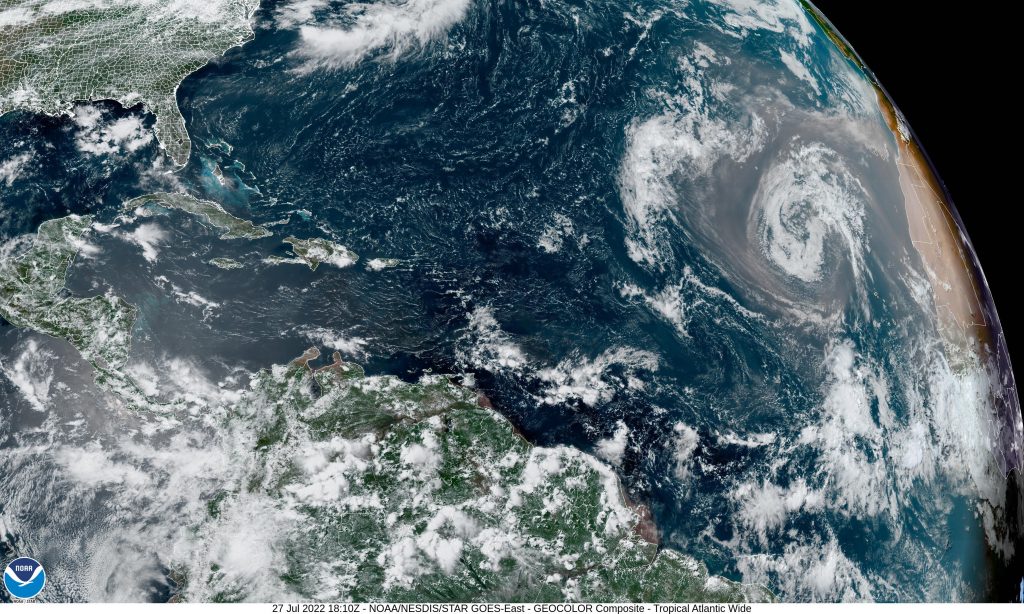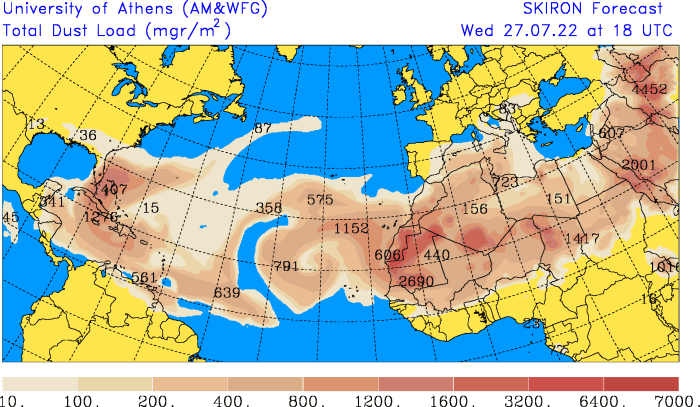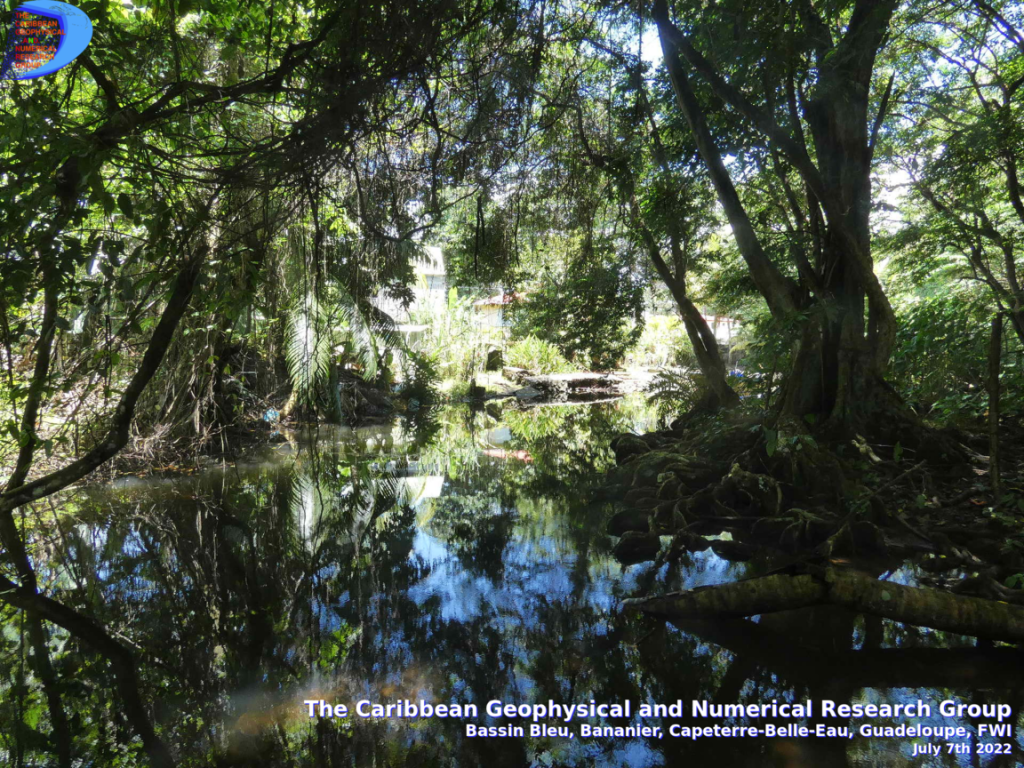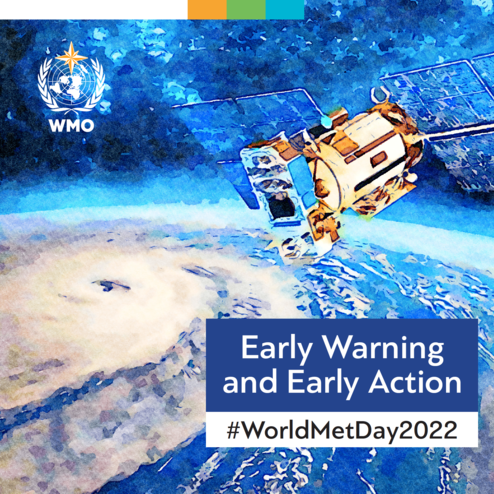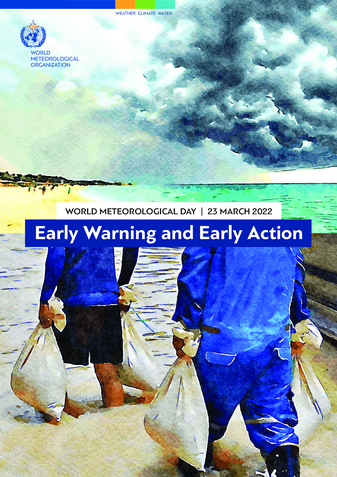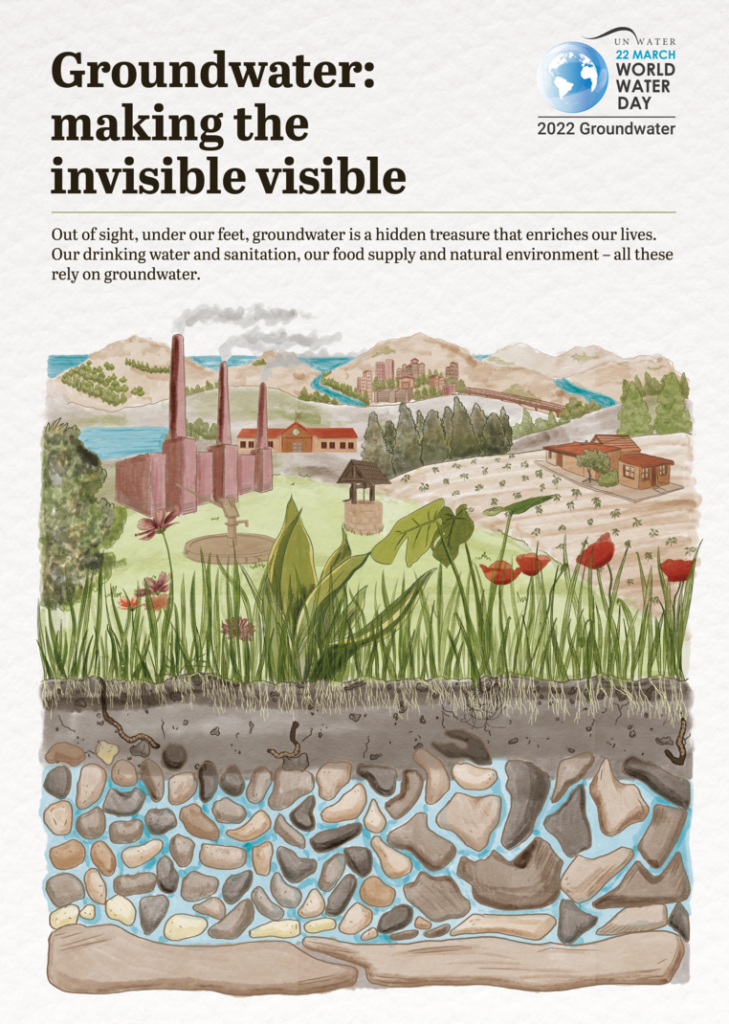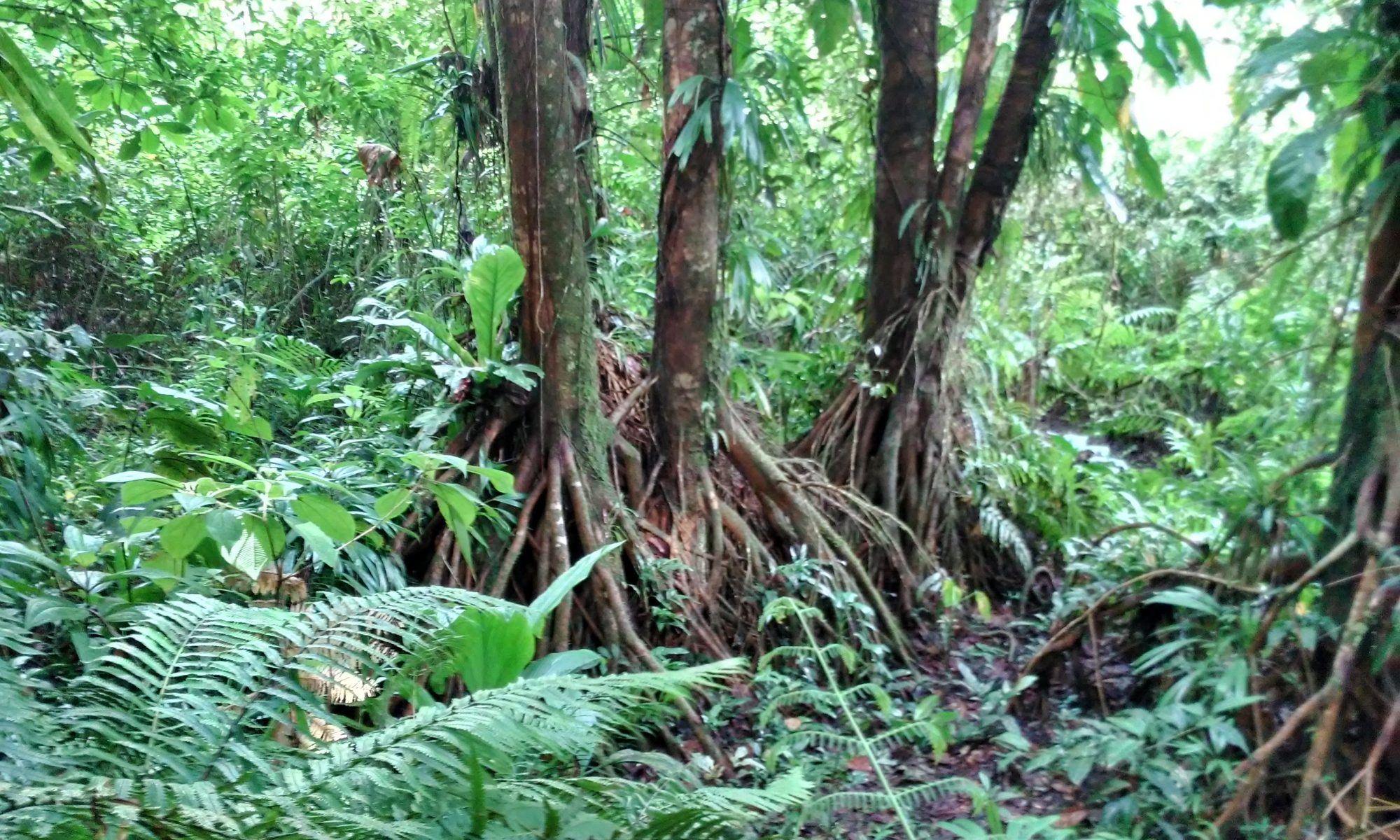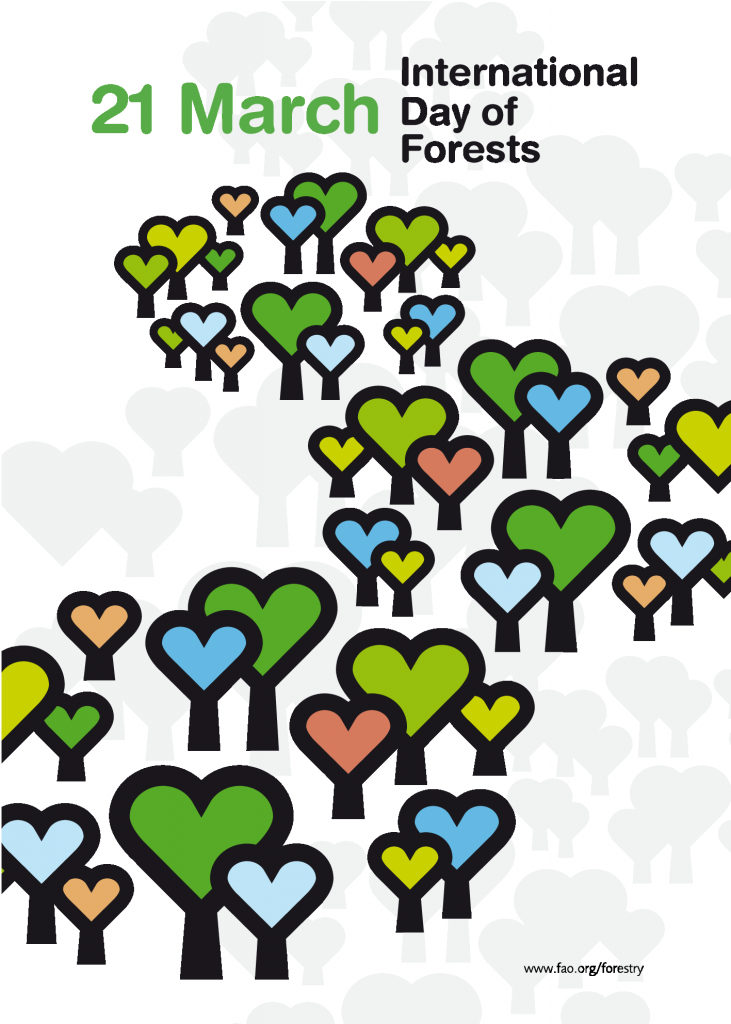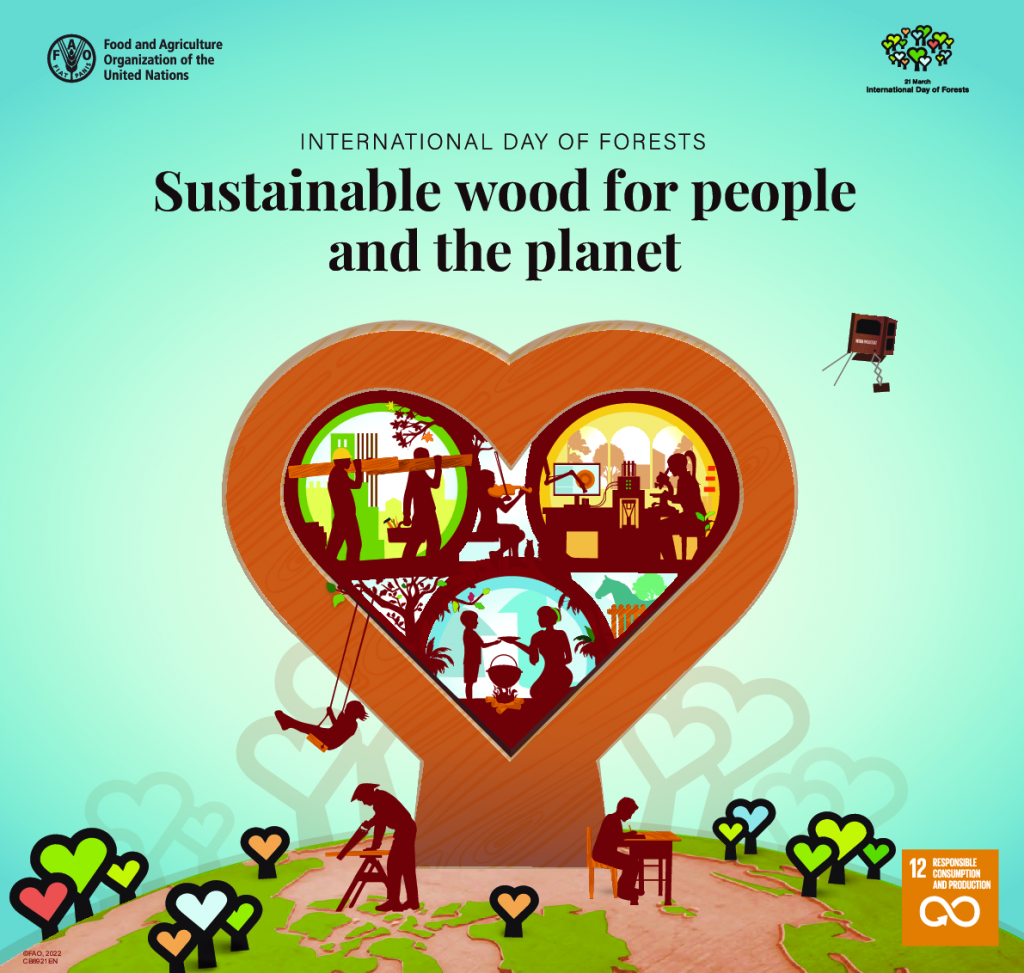For ethics and moralization of public services, a necessary shift
Memorandum written for the conference series on water in Guadeloupe organized by the Men's Group of the Saint-André Parish of Morne-à-l'Eau between May and June 2024
WATER, a vital resource, so familiar

We are far from the time of the 1980s and 1990s when the lack of water was only due to social demands and strike movements. The expansion of the drinking water network and the increase in needs with, among other things, the irrigation network seems to have placed Guadeloupe in a water shortage. This is not the case since annual water needs are largely covered by tropical rainfall. There are significant contributions of meteoric water to the mountain ranges of Basse-Terre between 3500 and 8000 mm of rainfall per year, underground reserves in Grande-Terre and Marie-Galante maintained by rainfall between 1500 and 1800 mm per year. This poor geographical distribution of water resources requires the movement of large bodies of water to compensate for the daily needs of the archipelago, particularly around the large urban centres of Pointe-à-Pitre, Les Abymes and Baie-Mahault or the areas with high tourist activity such as Saint-François, Sainte-Anne and Deshaies. The water problem in Guadeloupe comes from the 63% of water lost in nature due to a poorly designed and poorly maintained water network.
Drinking water
Drinking water is intended for food and hygiene. This type of water use requires the most physicochemical and biological control analyses. Analyzes include, among others: colour, turbidity, odour, and flavours; the temperature, the acidity of the water; the levels of chlorides, sulfates, and nitrates; the presence of toxic substances such as arsenic, cadmium, lead and hydrocarbons; microbiological analysis of faecal germs such as intestinal enterococci and Escherichia coli. Analyzes are constant and carried out by organizations such as the Regional Health Agency regularly depending on quality problems. Water purification treatments are centralized within factories of varying sizes.
The regulations and design of drinking water distribution in force provide for water treatment before any distribution over more or less long distances and buffer storage via water towers to guarantee supply, pressure water and absorb flow variations on the network. But this method requires being able to provide water continuously. A disruption in the supply or prolonged storage of water causes it to lose its potability by, for example, reducing the chlorine level.
The distribution of drinking water must therefore be carried out continuously. But water sources in Guadeloupe are not uniformly distributed across the territory. Most of the rivers and catchment points are in Basse-Terre. Most of the natural storage in Guadeloupe (groundwater) is on the islands of Grande-Terre and Marie-Galante. The use of groundwater is currently limited by recharge and the risks of saltwater intrusion and pollutants. The location of exploitable water sources being non-homogeneous and especially available on Basse-Terre requires significant quantities of water to be transported continuously via a complex and generally difficult-to-transport water supply network, particularly for a developing territory.
The transport of water through a network made up of pipes, valves, elbows and temporary storage areas requires maintaining high pressure to guarantee flow rates and mitigate friction caused by the natural viscosity of the water. Friction contributes to the deterioration of water pipes in the same way as external constraints such as burial, ground movements or plant growth. High pressures promote leaks and weakening of pipe walls. The high-pressure mode of transport leads to additional costs for equipment maintenance.
Wastewater treatment – water regeneration
After use, the water is said to be grey or black; it has dissolved organic or mineral elements and is loaded with waste and chemical compounds. Waste water is unfit for consumption and must be purified, filtered, decontaminated and disinfected. Water sanitation relies on the physical characteristics of water such as molecule size, density, polarity and surface tension. These characteristics can be used to get rid of the organic matter, minerals and biomass it carries. Sanitation can be carried out by combining decantation, filtering (microfiltration, ultrafiltration, nanofiltration and reverse osmosis), oxygenation and fermentation (methanization).
Water discharged in urban, rural or coastal areas with high concentrations of pollutants and waste (diluted molecules, particles, organic matter, microorganisms) is difficult to manage by nature. Waste accumulates and suffocates water and soil due to low-speed processing or excessive volumes. The accumulation of particles, organic matter and pollutants on the wastewater route (urban or rural water cycle) will cause localized pollution and modification of ecosystems. Areas of pollution can last for years, even centuries, and cause increases in pollution years later. Particularly in very compact and poorly oxygenated soils which will filter polluted water. The degradation of pollution and toxic molecules in anoxic conditions is generally very slow.
The regeneration of wastewater requires the setting up of sanitation structures adapted in number and treatment capacity, particularly during periods of heavy rain. It can also pass the rejection of smaller quantities adapted to the plant and microbial ecosystem. The use of certain substances makes natural regeneration more difficult or even impossible; we can talk about antibiotics, persistent organic pollutants and other toxic substances which destroy the ecosystems that must participate in regeneration.
Water sanitation-regeneration must not only be seen on the scale of increasingly expensive treatment equipment but also at the scale of the ecosystem where they are installed and consumption patterns and lifestyle habits. The current choices are all based on a European vision and rich and temperate countries, it would be useful to reinvent its systems to adapt them to our environmental reality even if it means prohibiting or modifying the use of certain molecules to facilitate the treatment of wastewater.
Behaviours, commitments and objectives to modify to find a balance
There are a certain number of questions that we are entitled to ask ourselves for the future of the distribution of drinking water and the sanitation of wastewater in Guadeloupe. Particularly in a difficult economic period and with a delay in investment which forces us to work on updating the networks urgently both to allow everyone to have access to drinking water of quality in quantity and to preserve the coastal environment by no longer discharging water that is dangerous for ecosystems.
Questions ?
Should water distribution be continuous in Guadeloupe? Should water storage and treatment be systematically centralized with current technological advances? Doesn’t the availability of water in spread networks require us to have a greater number of storage areas? Shouldn’t water storage be at the scale of neighbourhoods or houses? Shouldn’t sanitation be based more on solutions from nature-inspired? To facilitate sanitation and the preservation of nature, shouldn’t we still regulate the use of certain molecules?
The evaluation of the cost of compliance and rehabilitation of the water and sanitation networks is estimated at 2 billion euros, one billion for each of these two networks. This sum, even if it may seem overestimated, clearly indicates the challenge that Guadeloupe will have to face. In any case, this amount of money will be difficult to mobilize, whether there is a French national solidarity or not. Conducting projects on financial volumes of this level will not fail to generate greed and corruption. A first level of morality should be assumed by Guadeloupeans and public service employees in order not to be disturbed by the power of money and the advantages that certain choices could generate rather than others.
Current models of water and sanitation networks are based on solutions from developed countries, most often in temperate climates. Solutions more suited to the financial, technical and environmental capacities of Guadeloupe must be offered at appropriate costs, above all by existing agents, assisted or not by external structures. These agents must become aware of the importance of their involvement in building and implementing appropriate solutions. They must be morally ready to refuse simplistic solutions and dogmas imposed by manufacturers while being proactive in proposing regulatory changes. They must also be ready to give way to others if certain subjects or problems are outside their competencies.
Dr Jean-François, Marc DORVILLE
